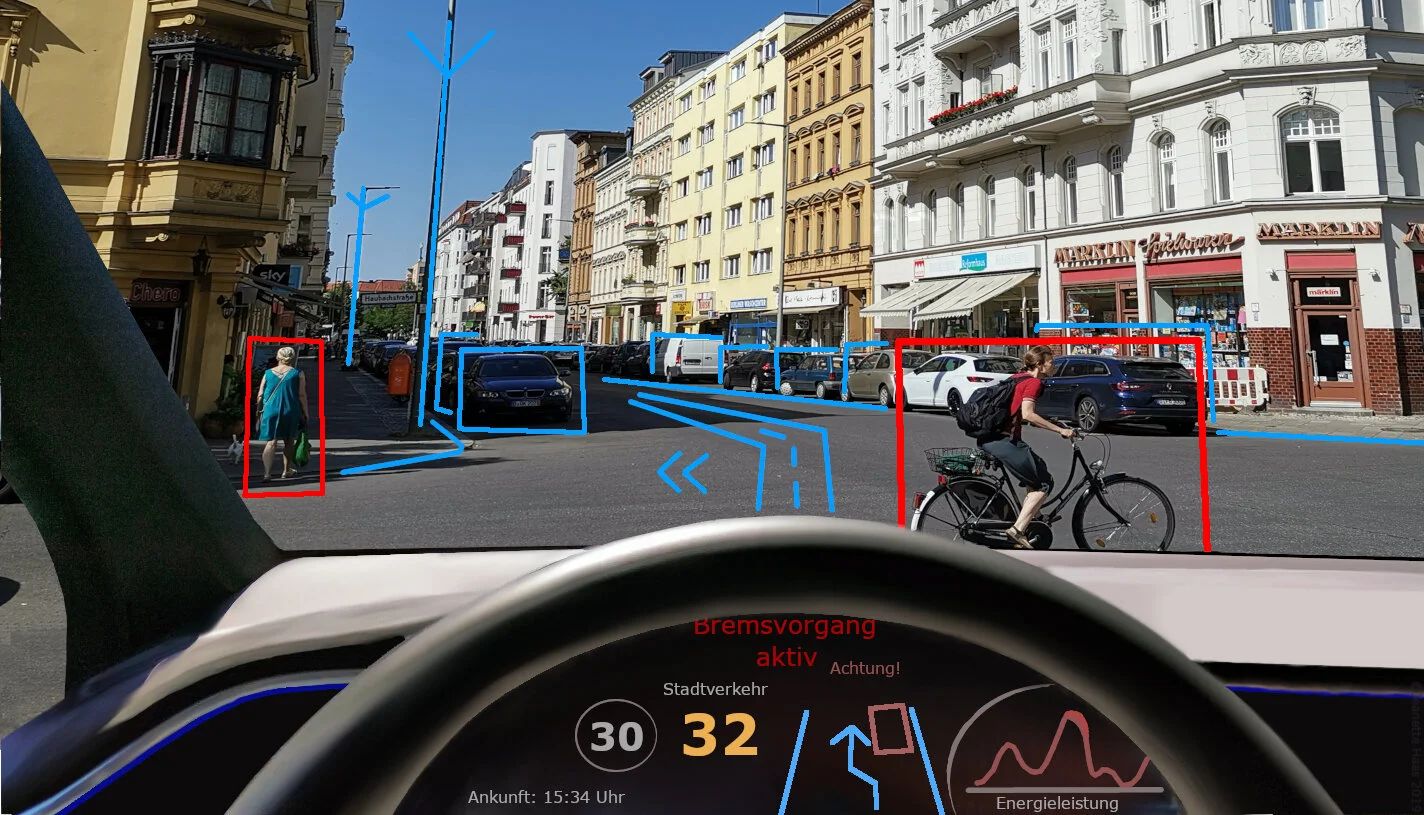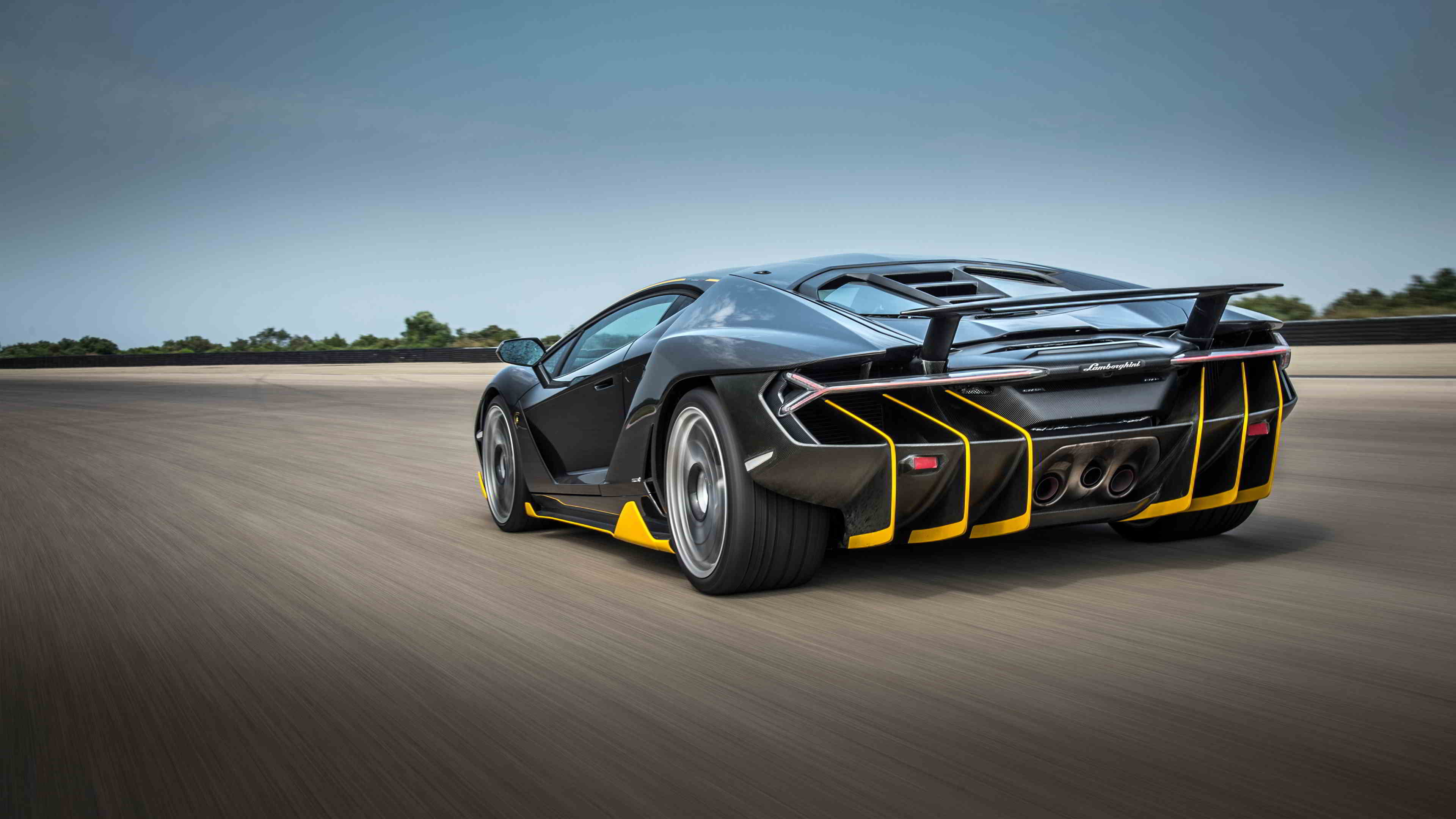
Every car model rolling off the assembly line comes with an unspoken companion: a reputation. It’s a tricky thing, often shaped by those initial reviews, a few isolated reliability hiccups, or even just the whispers of public perception. What’s truly fascinating, though, is how some vehicles manage to shrug off that early criticism, proving their worth through years of dependable service, while others, well, they seem to confirm every doubt you ever had. This journey into the automotive world helps buyers navigate the often-murky waters of the used market, highlighting which cars truly overcome their initial hurdles and which ones, unfortunately, never quite manage to shake off their perceived flaws.
We’ve all seen it: a car that’s lauded at launch but crumbles under the weight of real-world use, or one that’s initially scoffed at only to become a beloved, long-lasting companion. Understanding these diverging paths is crucial, because cars that outlast their bad reputations often boast solid engineering, dependable components, and surprisingly low maintenance costs. They earn trust mile after mile, revealing strengths that might have been overlooked in those first assessments. But then there are the others, the models that consistently underperform, suffering from recurring mechanical woes, sky-high maintenance bills, or design quirks that frustrate owners to no end. These are the vehicles that typically see their resale values plummet and buyer interest wane.
This article isn’t about those triumphant comebacks; instead, we’re diving deep into the fascinating, albeit sometimes frustrating, world of vehicles that didn’t just meet low expectations—they often cemented them. We’re going to explore a selection of eleven cars that, despite their varied intentions and target markets, have consistently struggled to overcome initial negative perceptions. From persistent mechanical problems to design choices that left owners scratching their heads, these vehicles serve as cautionary tales in the automotive landscape. Let’s buckle up and explore some of the cars that, for better or worse, live up to their notorious reputations.
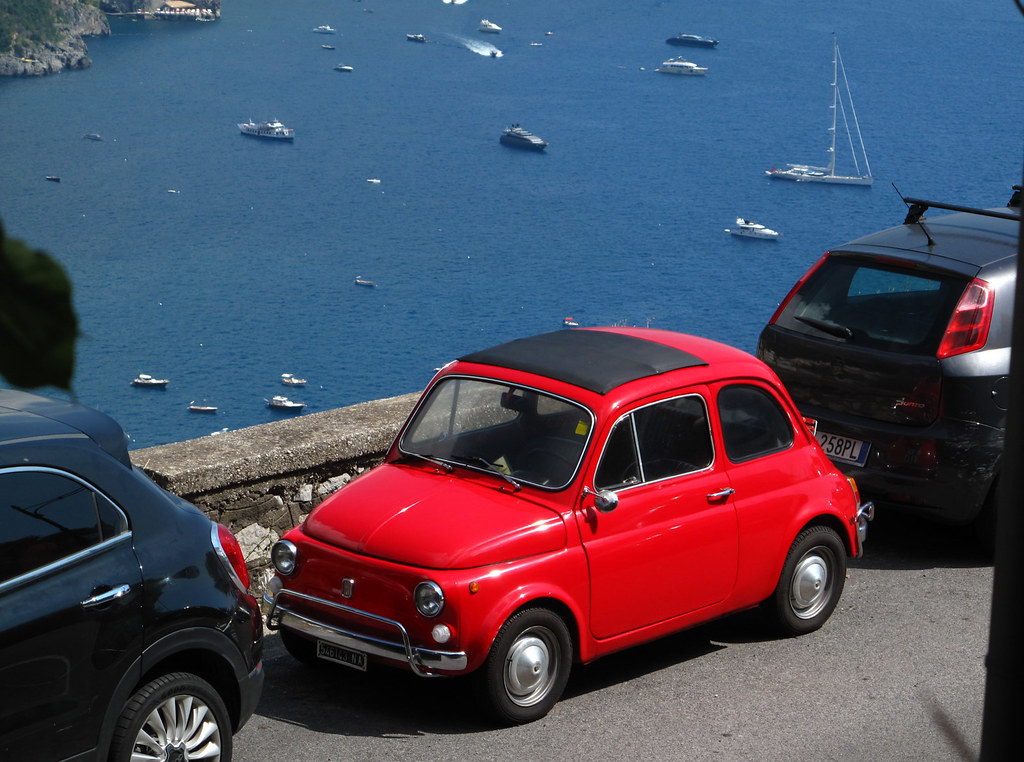
1. **Fiat 500**The Fiat 500, with its undeniably charming European flair, arrived on the scene promising urban maneuverability and a dose of retro style. However, this appeal was often overshadowed by widespread criticism regarding its long-term reliability and build quality, issues that unfortunately continue to plague its reputation. Early models, in particular, were frequently reported to suffer from a litany of electrical issues, nagging engine problems, and perplexing transmission quirks. These persistent ailments often led owners on a frustratingly familiar journey to the repair shop, eroding confidence in the car’s overall durability across multiple model years.
Beyond the mechanical woes, the driving experience of the Fiat 500 also contributed to owner dissatisfaction. While its compact size made it a nimble companion in crowded city streets, its performance on highways and rougher roads told a different story. Owners often described a firm, sometimes downright uncomfortable ride, exacerbated by noticeable road noise and vibrations that permeated the cabin. These characteristics, rather than being endearing quirks, only served to amplify the perception of a vehicle that felt cheaply built, reinforcing the initial skepticism many harbored about its long-term viability and comfort.
Ownership challenges further cemented the Fiat 500’s struggles. Locating specialized components could often be an expensive and arduous task, making routine maintenance more burdensome and costly than anticipated for a car of its class. The unfortunate combination of recurring mechanical problems and unexpectedly high upkeep costs frequently deterred prospective buyers, directly contributing to the vehicle’s noticeably low resale value in the used car market. This financial burden, coupled with the ongoing repair needs, created a cycle of frustration for many owners.
Safety, too, emerged as a significant point of concern for the Fiat 500. Its crash-test ratings were often mixed, and the limited array of safety features found in earlier models did little to inspire confidence for long-term ownership. For drivers prioritizing both unwavering reliability and a comprehensive suite of safety technologies, the Fiat 500 frequently fell short of expectations. Ultimately, the Fiat 500 stands as a clear illustration of how initial criticisms concerning reliability and overall quality can stubbornly persist over time, making buyers cautious despite its unique aesthetic appeal.
Car Model Information: 2012 FIAT 500 Lounge
Name: Fiat 500
Caption: 1970 Fiat 500 L
Aka: Puch 500
Manufacturer: Fiat Automobiles
Production: 1957–1975,3,893,294 units
Assembly: Turin,Desio
Designer: Dante Giacosa
Class: City car
BodyStyle: ubl
Layout: Rear-engine, rear-wheel drive layout
Doors: Suicide door,Car door#Conventional
Related: Autobianchi Bianchina,NSU/Fiat Weinsberg 500,Vignale Gamine,Autobianchi Giardiniera
Engine: Cubic centimetre,499 cc I2,594 cc I2
Transmission: Manual transmission
Wheelbase: {{convert,1840,mm,in,1,abbr=on
Abbr: on
Length: 2970 mm
Width: 1320 mm
Height: 1320 mm
Weight: 499 kg
Predecessor: Fiat 500 “Topolino”
Successor: Fiat 126,Fiat 500 (2007)
Sp: uk
Categories: 1960s cars, 1970s cars, All Wikipedia articles written in British English, All articles with unsourced statements, Articles containing Italian-language text
Summary: The Fiat 500 (Italian: Cinquecento, pronounced [ˌtʃiŋkweˈtʃɛnto]) is an economy / city car that was manufactured and marketed by Fiat Automobiles from 1957 until 1975. It was sold as a two-door semi-convertible or saloon car and as a three-door panel van or estate car.
Launched as the Nuova (new) 500 in July 1957, as a successor to the 500 “Topolino”, it was an inexpensive and practical small car. Measuring 2.97 metres (9 feet 9 inches) long, and originally powered by a rear-mounted 479 cc two-cylinder, air-cooled engine, the 500 was 24.5 centimetres (9.6 inches) smaller than Fiat’s 600, launched two years earlier, and is considered one of the first purpose-designed city cars.
In 1959, Dante Giacosa received a Compasso d’Oro industrial design prize for the Fiat 500. This marked the first time a Compasso d’Oro was awarded to an automotive manufacturer.
Get more information about: Fiat 500
Buying a high-performing used car >>>
Brand: Fiat Model: 500
Price: $5,950 Mileage: 91,698 mi.
Read more about: Beyond the Badges: 14 Low-Key Trucks That Quietly Outperformed Expectations
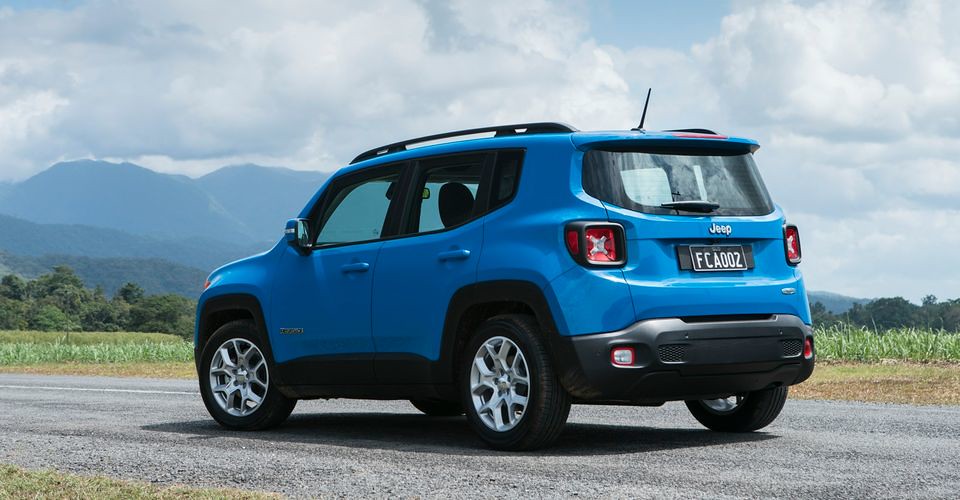
2. **Jeep Renegade**The Jeep Renegade, with its distinctive boxy styling and adventurous branding, initially aimed to inject some rugged capability into the subcompact SUV segment. However, it quickly struggled to overcome early skepticism, largely due to recurring reports of drivetrain and electrical problems across several model years. Many owners encountered frustrating issues such as noticeable transmission hesitations, peculiar engine quirks, and malfunctioning electronics, all of which continued to significantly impact the vehicle’s overall reliability perception. These persistent issues undermined the brand’s promise of adventure and dependability.
The Renegade’s compact design, coupled with a relatively higher center of gravity, also led to concerns regarding its handling characteristics. Owners often reported a distinct top-heavy feel when navigating corners, alongside a sense of instability during abrupt maneuvers on the road. This, combined with a suspension system that was frequently described as less capable than its rivals, only served to exacerbate those initial doubts about the vehicle’s safety and overall performance. These handling traits made the driving experience less confidence-inspiring than many had hoped for from a Jeep-branded vehicle.
In terms of ownership costs, the Jeep Renegade presented a mixed bag. Its fuel economy was generally modest, especially considering its subcompact size, and maintenance expenses frequently proved to be higher than what buyers might expect for an SUV in this segment. This unfavorable combination of persistent mechanical issues and ongoing upkeep demands significantly eroded owner confidence over time. Consequently, the Renegade struggled to establish a reputation as a truly dependable vehicle, failing to live up to the rugged, reliable image typically associated with the Jeep brand, and leaving owners questioning their investment.
Interior space and overall comfort were additional areas where the Renegade fell short when compared to many of its direct competitors. Cabin practicality was often limited, and some trim levels presented noticeable visibility issues, further diminishing driver confidence and satisfaction. These weaknesses, frequently highlighted in early reviews, unfortunately persisted in shaping buyer perceptions throughout its lifespan, significantly limiting the model’s popularity and contributing to a lower resale value. The Jeep Renegade thus confirms that repeated mechanical concerns, coupled with handling and comfort limitations, prevent vehicles from outlasting early criticism, making it a cautious choice for long-term ownership.
Car Model Information: 2021 Jeep Renegade Latitude
Name: Jeep Renegade
Manufacturer: Jeep
Production: 2014–present
ModelYears: 2015–2023 (US & Canada),2015–present (Mexico)
Assembly: ubl
Designer: Jeremy Glover and Ian Hedge
Class: Subcompact crossover SUV
BodyStyle: SUV
Layout: Front-engine, front-wheel-drive layout
Platform: GM Fiat Small platform
Related: Fiat 500X,Fiat 500L,Fiat Tipo (2015),Fiat Toro
Engine: ubl
Motor: 45 kW
Abbr: on
Transmission: Fiat Powertrain Technologies,Fiat Powertrain Technologies,Fiat Powertrain Technologies,Fiat Powertrain Technologies,Aisin,Fiat Powertrain Technologies,ZF Friedrichshafen
Battery: lithium-ion battery
Drivetrain: PHEV
Wheelbase: 101.2 in
Length: 166.6 in
Width: 71.1 in
Height: 66.5 in
Weight: convert
Sp: us
Categories: 2020s cars, All-wheel-drive vehicles, All articles with bare URLs for citations, Articles with PDF format bare URLs for citations, Articles with bare URLs for citations from August 2024
Summary: The Jeep Renegade is a subcompact crossover SUV produced by Stellantis under their Jeep marque. It was first shown to the public in March 2014 at the Geneva Motor Show and production started in late August of that year. The Renegade was the smallest vehicle currently marketed by Jeep, until the arrival of the Avenger. It slots between the Avenger and the Compass. It is based on the FCA Small Wide 4×4 platform, which is also shared with other FCA models, including those from Fiat and Alfa Romeo brands.
The Renegade comes as standard with front-wheel drive, with optional four-wheel drive systems Active Drive I and Active Drive Low, both of which are paired with Jeep’s Selec-Terrain System.
Get more information about: Jeep Renegade
Buying a high-performing used car >>>
Brand: Jeep Model: Renegade
Price: $14,892 Mileage: 86,981 mi.
Read more about: Remember These? 13 Rides That Went From Sought-After to Stale.

3. **Land Rover Discovery Sport**For a brand synonymous with luxury and adventurous capability, the Land Rover Discovery Sport has consistently grappled with a rather persistent Achilles’ heel: reliability issues. This fundamental flaw has unfortunately cemented its negative reputation, proving to be a significant deterrent for many prospective owners. Reports from owners frequently detail a litany of electronic malfunctions, troubling air suspension failures, and persistent engine problems, creating a frustrating and often expensive cycle of repairs that undermines the premium experience Land Rover promises its clientele. This pattern of recurring issues significantly impacts the perceived value and long-term viability of the vehicle.
The allure of luxury appointments and robust off-road capabilities that the Discovery Sport offers is, regrettably, frequently overshadowed by the harsh reality of its high maintenance costs and inconsistent mechanical performance. While the vehicle’s inherent complexity is designed to deliver advanced features and an elevated driving experience, this sophistication often translates directly into frequent technical issues that severely diminish confidence in long-term ownership. The promise of cutting-edge technology becomes a source of frustration when it leads to unexpected and costly garage visits, eroding the very essence of luxury ownership.
Unsurprisingly, the vehicle’s resale value has suffered considerably as a direct consequence of its troubled reliability record. Buyers in the used market remain understandably wary of investing in models with a documented history of problems and expensive fixes. Despite its strong initial styling, which aligns with Land Rover’s iconic design language, and significant brand recognition, the Discovery Sport has consistently failed to maintain the positive perception and market confidence typically expected of a premium SUV. This discrepancy between brand image and real-world performance has been a significant hurdle.
Driving dynamics, particularly in terms of handling and comfort, are also inconsistently executed across various driving conditions. While the Discovery Sport is undeniably capable when tackling challenging off-road terrain, it regrettably falls short of the refinement and composed ride quality offered by its rivals on paved roads. The combination of its considerable weight, a higher center of gravity, and a somewhat soft suspension setup can, at times, make it feel unstable, particularly during emergency maneuvers. Overall, the Discovery Sport starkly illustrates how the allure of luxury and capability simply cannot compensate for chronic reliability problems, proving that early criticisms regarding its mechanical and electronic integrity were indeed accurate, thus preventing this SUV from ever truly outlasting its negative reputation.
Car Model Information: 2025 Audi Q7 55 Premium Plus
Name: Land Rover Discovery Sport
Manufacturer: Jaguar Land Rover
Production: 2014–present
ModelCode: L550
Assembly: Jaguar Land Rover Halewood,Changshu,Itatiaia,Pune
Designer: Gerry McGovern
Platform: Jaguar Land Rover car platforms#D8
Related: Range Rover Evoque,Jaguar E-Pace,Tata Harrier
Engine: ubl
Motor: ubl
Transmission: ubl
Wheelbase: Convert
Length: Convert
Width: Convert
Height: Convert
Weight: Convert
Sp: uk
Class: Compact crossover SUV#Luxury vehicles
BodyStyle: SUV
Layout: unbulleted list
Predecessor: Land Rover Freelander
Categories: 2020s cars, All-wheel-drive vehicles, All Wikipedia articles written in British English, Articles with short description, CS1: unfit URL
Summary: The Land Rover Discovery Sport (internal code L550) is a compact luxury crossover SUV produced by British automotive company Jaguar Land Rover since 2014, under their Land Rover marque, and since 2017 their best-selling model.
Introduced in late 2014, it replaces the Freelander in a revised Land Rover range of vehicles, with Discovery joining Range Rover as a sub-brand. Contrary to its predecessor, the slightly larger car is also available in a seven seat layout.
The pre-facelift Discovery Sport is based on the JLR D8/LR-MS platform, customised for off-road applications, and is powered by a range of four cylinder petrol and diesel engines. It is the first Discovery built with a unibody structure.
Land Rover described the facelifted Discovery Sport as being based on the JLR PTA platform, a rebrand of the D8. It is also used by the Jaguar E-Pace and L551 version of Range Rover Evoque.
Get more information about: Land Rover Discovery Sport
Buying a high-performing used car >>>
Brand: Land Rover Model: Discovery Sport
Price: $55,675 Mileage: 20,490 mi.
Read more about: More Than Just Rust: 14 SUVs That Were Once Desirable, Now Sadly Dated – A Deep Dive for Enthusiasts
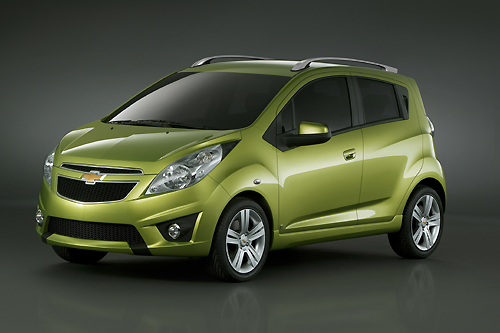
4. **Chevrolet Spark**The Chevrolet Spark, a compact car designed with urban dwellers and budget-conscious drivers in mind, is another vehicle that has unfortunately continued to confirm its early negative perceptions. Owners frequently report a concerning array of mechanical problems, including persistent transmission issues, noticeable engine performance struggles, and various electrical glitches. While its routine maintenance costs might appear moderate on paper, these expenses are often compounded by the recurring need for repairs over time, leading to a higher total cost of ownership than initially anticipated for such an affordable vehicle. This cycle of repairs quickly erodes owner satisfaction.
Given its inherently compact size, the Spark, while undeniably useful for navigating tight city streets and fitting into small parking spaces, delivers a less stable and reassuring ride quality, particularly when venturing onto highways or encountering windy conditions. This lack of composure at higher speeds contributes to a sense of unease for drivers. Furthermore, noticeable road noise, a rather limited array of safety features in many trims, and a decidedly basic interior finish all combine to reinforce broader concerns about the vehicle’s overall build quality and its long-term value proposition. These factors make it a less attractive option for those prioritizing comfort and safety.
Although the Spark offers adequate fuel economy, a significant selling point for a car of its type, the overall ownership satisfaction unfortunately suffers considerably due to the persistent reliability concerns mentioned earlier. The constant worry about when the next issue might arise, coupled with the inconvenience of repeated trips to the service center, detracts from any savings at the pump. Consequently, the resale value of the Chevrolet Spark remains consistently low, accurately reflecting buyer hesitation to invest in a vehicle with a well-documented history of recurring problems. This low resale value underscores the market’s lack of confidence in its durability.
Ultimately, the Chevrolet Spark stands as a clear demonstration that early concerns regarding its mechanical performance and overall ride quality were indeed accurate and well-founded. Despite its undeniable affordability and its city-friendly dimensions, the ongoing and unresolved issues have proven to be insurmountable obstacles, consistently preventing it from ever truly overcoming its bad reputation in the eyes of the public and prospective buyers. It’s a car that, unfortunately, lives down to expectations rather than exceeding them.
Car Model Information: 2015 Chevrolet Colorado WT
Name: Chevrolet Spark
Manufacturer: unbulleted list
Production: 1998–2022
Class: City car
BodyStyle: hatchback
Layout: Front-engine, front-wheel-drive layout
Predecessor: Daewoo Tico
Categories: 2000s cars, 2010s cars, 2020s cars, All articles containing potentially dated statements, All articles with unsourced statements
Summary: The Chevrolet Spark (Korean: 쉐보레 스파크) is a city car manufactured by General Motors’s subsidiary GM Korea from 1998 to 2022. The vehicle was developed by Daewoo and introduced in 1998 as the Daewoo Matiz (Korean: 대우 마티즈). In 2002, General Motors purchased Daewoo Motors, which was marketing the vehicle with several GM marques and nameplates.
The third generation was marketed globally, prominently under the Chevrolet brand in North America as the Chevrolet Spark and in Australia and New Zealand as the Holden Barina Spark. The fourth generation was launched in 2015, known as the Holden Spark in Australia and New Zealand. It also serves as the basis for the Opel Karl in Europe, Vauxhall Viva in the UK, and VinFast Fadil in Vietnam, the latter being manufactured under license.
A limited-production all-electric version, the Chevrolet Spark EV, was released in the U.S. in selected markets in California and Oregon in June 2013. The Spark EV was the first all-electric passenger car marketed by General Motors since the EV1 was discontinued in 1999, and also the first offered for retail sale by GM (the EV1 was available only on lease).
In the South Korean market, the Spark complies with South Korean “light car” (Korean: 경차, romanized: Gyeongcha) regulations, which regulate overall vehicle dimensions and engine capacity with tax and parking fee benefits.
Production of the Spark at the Changwon, South Korea assembly plant ended in 2022. The plant would instead produce the second-generation Trax.
Get more information about: Chevrolet Spark
Buying a high-performing used car >>>
Brand: Chevrolet Model: Spark
Price: $19,495 Mileage: 23,450 mi.
Read more about: The Unforgettable Missteps: 14 Vehicle Brands That Saw Their Trust Shatter in a Single Moment
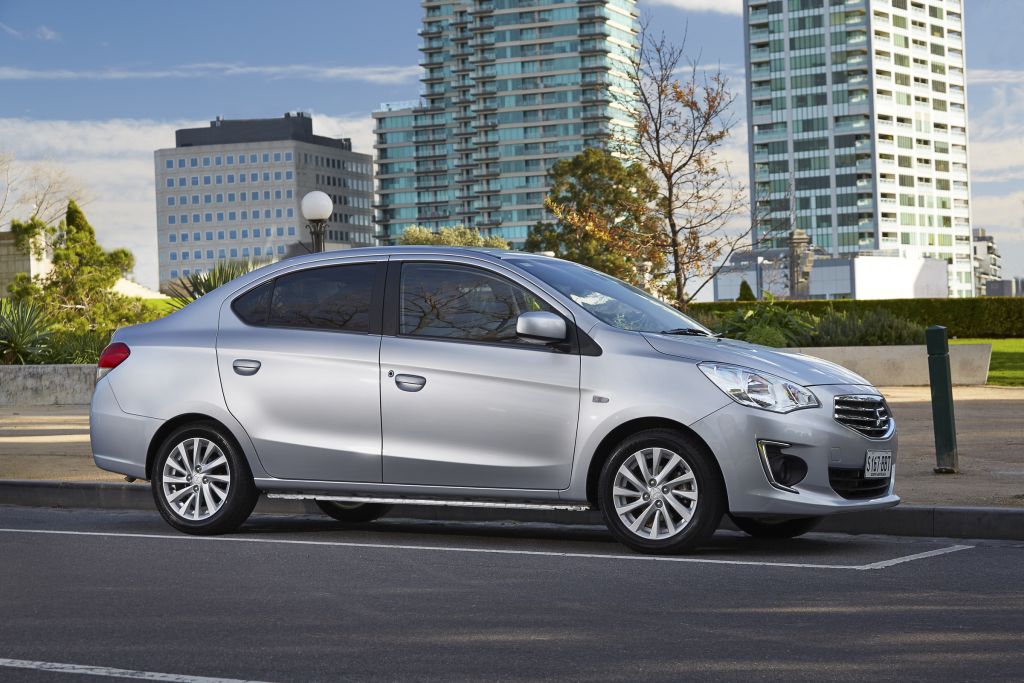
5. **Mitsubishi Mirage**The Mitsubishi Mirage has long been a subject of widespread criticism, consistently lambasted for its anemic performance, notably limited interior space, and overwhelmingly underwhelming handling characteristics. Initial reviews from automotive journalists frequently highlighted significant concerns about the engine’s reliability, the transmission’s longevity, and the car’s overall build quality. Regrettably, many of these concerns have proven to be entirely accurate and continue to persist in real-world ownership experiences, establishing the Mirage as a vehicle that consistently struggles to shed its negative image. This fundamental lack of refinement affects virtually every aspect of the driving experience.
The car’s lightweight design, intended to enhance fuel efficiency, paradoxically contributes directly to a palpable sense of instability, particularly evident during highway driving or when encountering gusty weather conditions. This inherent instability only serves to reinforce the negative perceptions regarding its safety and overall roadworthiness. Furthermore, the tires and suspension system provide minimal feedback to the driver, leading to a feeling of disconnection from the road and making the car feel less safe or capable than many of its direct competitors. These characteristics make high-speed driving a less-than-reassuring experience.
While the Mitsubishi Mirage undeniably boasts high fuel efficiency, which is a major draw for budget-conscious consumers, this benefit often comes at a significant cost to both comfort and practicality. Owners frequently report that these crucial attributes are considerably compromised, leading to a less satisfying daily driving experience. Moreover, a consistent pattern of frequent, albeit minor, mechanical issues continues to negatively impact owner satisfaction over time. Despite the simplicity of its maintenance, these recurring problems, combined with the vehicle’s modest construction, leave buyers feeling perpetually cautious about its long-term reliability and overall value proposition.
Unsurprisingly, the resale value of the Mirage remains stubbornly low, a direct reflection of its struggle to attract buyers in the used car market. Despite its initial affordability and its impressive fuel economy—two factors that are often highly desirable—the car fundamentally fails to overcome its early criticisms. This ongoing struggle solidifies its unenviable place as a vehicle that confirms rather than outlasts a bad reputation. It’s a clear example of how cost-cutting measures, when taken too far, can ultimately undermine a vehicle’s broader appeal and long-term market standing, making it a difficult sell for anyone prioritizing more than just initial price.
Car Model Information: 2024 Mitsubishi Mirage RALLIART
Name: Mitsubishi Mirage
Caption: Mitsubishi Mirage (sixth generation)
Manufacturer: Mitsubishi Motors
Production: 1978–2003,2012–present
Class: Subcompact car
Layout: Front-engine, front-wheel-drive
Predecessor: Mitsubishi Lancer (A70)
Successor: Mitsubishi Lancer#Eighth generation (2000)
Categories: 1980s cars, 1990s cars, 2000s cars, 2010s cars, 2020s cars
Summary: The Mitsubishi Mirage is a range of cars produced by the Japanese manufacturer Mitsubishi from 1978 until 2003 and again since. The hatchback models produced between 1978 and 2003 were classified as subcompact cars, while the sedan and station wagon models, marketed prominently as the Mitsubishi Lancer, were the compact offerings. The liftback introduced in 1988 complemented the sedan as an additional compact offering, and the coupé of 1991 fitted in with the subcompact range. The current Mirage model is a subcompact hatchback and sedan and it replaces the Mitsubishi Colt sold between 2002 and 2012.
Get more information about: Mitsubishi Mirage
Buying a high-performing used car >>>
Brand: Mitsubishi Model: Mirage
Price: $17,999 Mileage: 3,542 mi.
Read more about: Remember These? 13 Rides That Went From Sought-After to Stale.
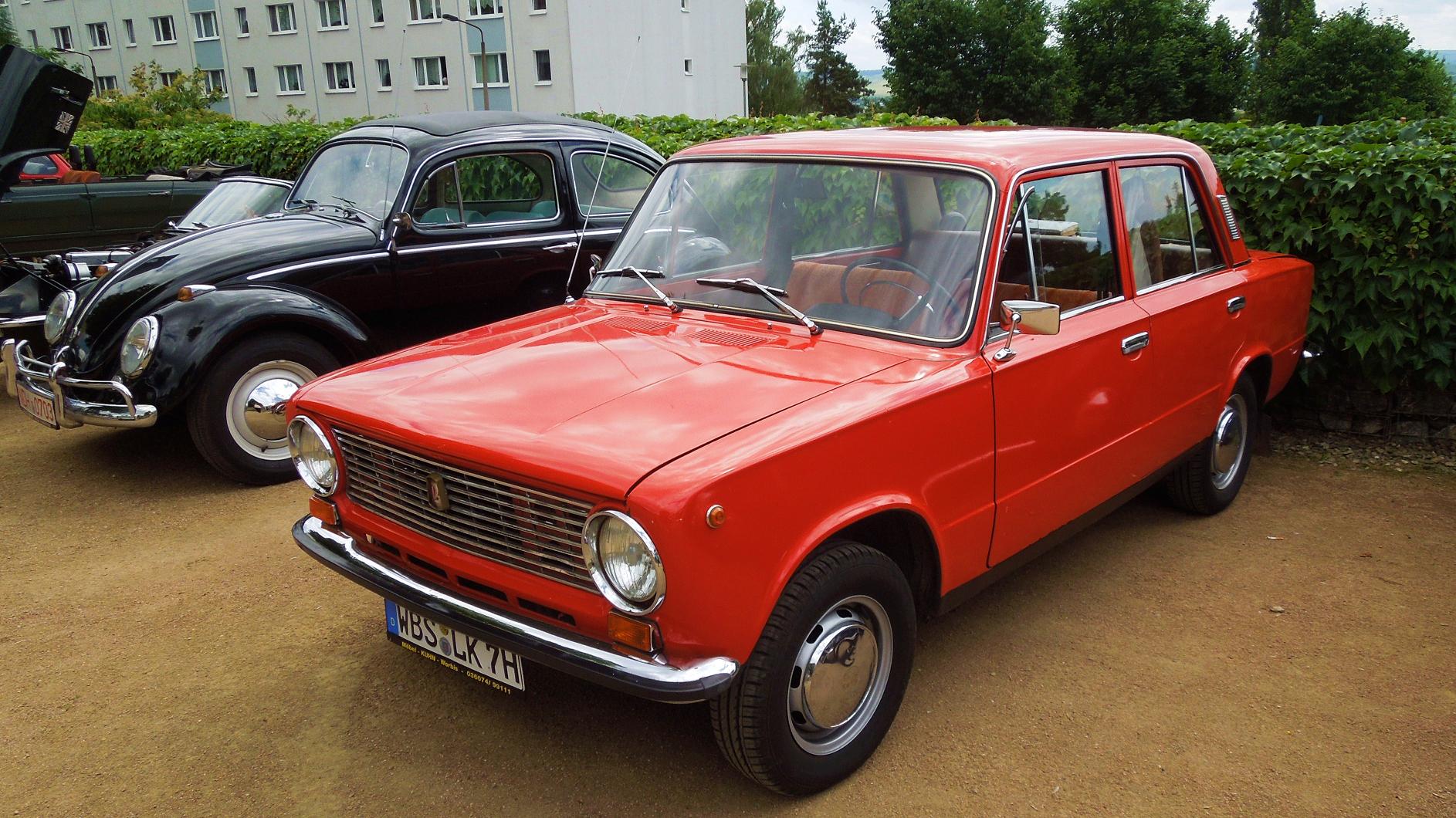
6. **Triumph Mayflower (1949–53)**The Triumph Mayflower, an intriguing automotive creation from the late 1940s, represented an ambitious attempt by Triumph to carve out a niche in the luxury small car segment. Its primary aspiration, as hinted by its distinctly American-sounding name, was to appeal predominantly to the burgeoning United States market. This unique vehicle shared a number of its fundamental components with the more common Standard Vanguard and was powered by an engine derived from the robust Standard Ten. However, it was its styling and overall execution that ultimately sealed its rather unfortunate fate, making it a notable example of a car that failed to meet expectations on multiple fronts.
The Mayflower’s body design was largely inspired by the elegant and imposing Rolls-Royce and Bentley luxury limousines of the era, most notably the Rolls-Royce Silver Dawn. Yet, the critical flaw lay in its scale: the Mayflower was significantly smaller than its opulent muses, a dimensional mismatch that resulted in a design whose proportions looked, frankly, rather odd and unsettling. To compound this aesthetic misstep, the body itself was surprisingly heavy. This substantial weight, when paired with its comparatively small and underpowered motor, rendered the car sluggish and slow, capable of reaching a top speed of a mere 63 mph (101 km/h). The combination of ungainly looks and lackluster performance made it a challenging sell.
The critical reception of the Triumph Mayflower has been anything but kind, solidifying its place in the pantheon of automotive missteps. Esteemed automotive journalist James May famously dubbed it “the ugliest car ever built,” offering a scathing critique that highlighted both its detailed flaws and its overall disproportionate appearance. He further remarked that “Its details are ugly, its overall proportions are ugly, its very concept – as a car to appeal to Americans who believed they were directly descended from the Pilgrim Fathers – makes one shudder.” This sentiment was echoed by Stuff.co.nz, which unceremoniously included the Mayflower in an article titled “Cars that should never have been built.”
Stuff.co.nz’s article went on to describe the Mayflower in unflattering terms, stating that “It always looked like the misshapen out of scale miniature of the larger, more elegant Renown model, viewed in the distorted reflection of a fairground mirror.” Its infamy is further cemented by its inclusion in several books dedicated to automotive flops, such as “The Worst Cars Ever Sold” by Giles Chapman, “Naff Motors: 101 Automotive Lemons” by Tony Davis, and “The World’s Worst Cars” by Craig Cheetham. Cheetham, in particular, memorably characterized its appearance as resembling “a Rolls-Royce Phantom that had been chopped in the middle.” These vivid descriptions leave little doubt about the car’s universally panned aesthetic and performance, ensuring its reputation as a true automotive blunder.
Read more about: Are You Driving a ‘Jerk’ Car? 14 Vehicles With Bad Driver Reputations
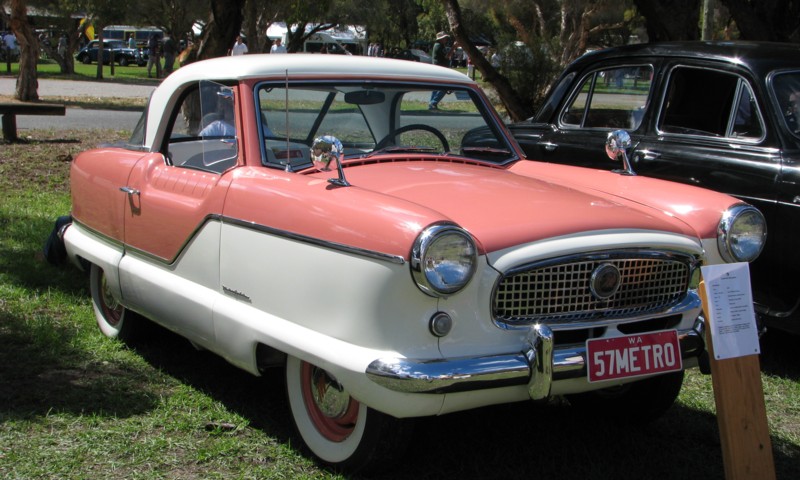
7. **Nash/Austin Metropolitan (1954–62)**Switching gears from quirky British luxury attempts, let’s zoom back in time to another fascinating failure that aimed for the American dream: the Nash/Austin Metropolitan. This wasn’t just any small car; it was one of the very first attempts by a US automaker to produce a compact vehicle specifically envisioned as a “second car.” Nash even intended it to be a “big car in miniature,” offering a touch more luxury than its small car contemporaries. In a groundbreaking move for its time, it was also one of the first cars explicitly designed and marketed towards women, famously advertised as “a motorized shopping cart for affluent urban gals.” It was truly an ambitious concept.
Developed by Nash with British Austin Motors, the Metropolitan was the first US-developed car entirely produced in a different country. Despite marketing efforts, it never sold well, becoming a commercial failure. This ambitious idea of a luxurious mini-car struggled to find its footing.
So, what went wrong? Poor performance, subpar handling, and nagging reliability frustrated owners. Crucially, the US market, with its rising prosperity, favored larger cars, limiting the market for small economy vehicles. Even in Europe, success eluded it, moving only about 9,300 units.
Unsurprisingly, critics weren’t shy. Brian Sewell called it “one of the nastiest cars ever built.” *Stuff.co.nz* included it in “Cars that should never have been built,” lamenting it was “an abject failure.” *Money Inc.* labeled it “One of the biggest bombs in automotive history.” Yet, in an automotive twist, this commercial flop gained a fervent cult following, with collectors maintaining surviving examples and driving up prices. One car’s trash can indeed be another’s treasure!
Read more about: Are You Driving a ‘Jerk’ Car? 14 Vehicles With Bad Driver Reputations
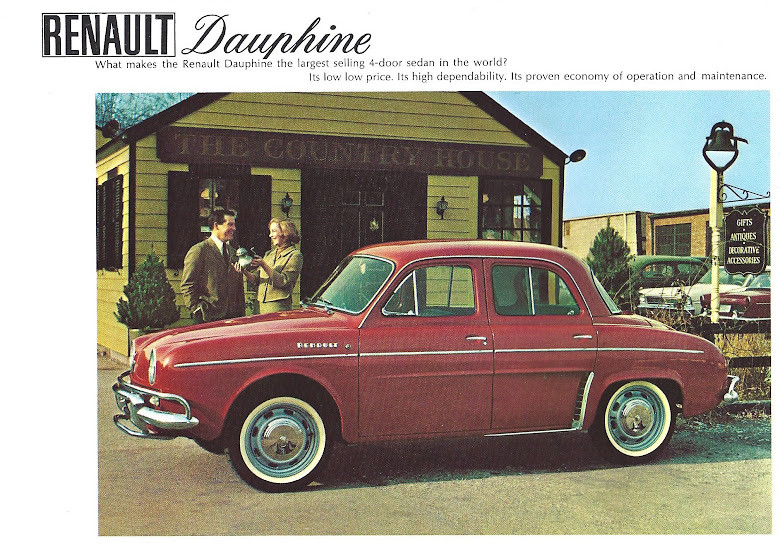
8. **Renault Dauphine (North American version) (1956–67)**Ah, the Renault Dauphine! A European sensation, often credited as a trailblazer for modern economy cars. But cross the Atlantic to the United States, and you’d find a completely different story. Here, it was met with a resounding negative reception, primarily due to utterly underwhelming performance and persistent reliability nightmares that truly tested the patience of American drivers. It’s a classic case of a car failing to translate its European charm into American appeal.
*Road & Track* magazine, in a period review, famously clocked the Dauphine taking a staggering 32 seconds to accelerate from a standstill to 60 mph. Let that sink in. *Autoblog* placed it on ‘The 20 Dumbest Cars of All Time,’ and *Time* magazine included it in its ’50 Worst Cars of All Time.’ Writer Dan Neil’s cutting assessment called it ‘The most ineffective bit of French engineering since the Maginot Line,’ adding its performance ‘put the Dauphine at a severe disadvantage in any drag race involving farm equipment.’ Outpaced by a tractor—yikes!
But beyond just its glacial pace, another massive problem severely tarnished the Dauphine’s reputation: rust. A 2008 *Independent* retrospective vividly noted, “It would take only one New York winter of driving on salt-strewn roads to give a Dauphine front wings that resembled net curtains.” Renault acknowledged these shortcomings, issuing apologies and playfully marketing its successor, the Renault 8, as “The Renault for people who swore they wouldn’t buy another one.” A clear confirmation of a bad reputation!
Read more about: Are You Driving a ‘Jerk’ Car? 14 Vehicles With Bad Driver Reputations
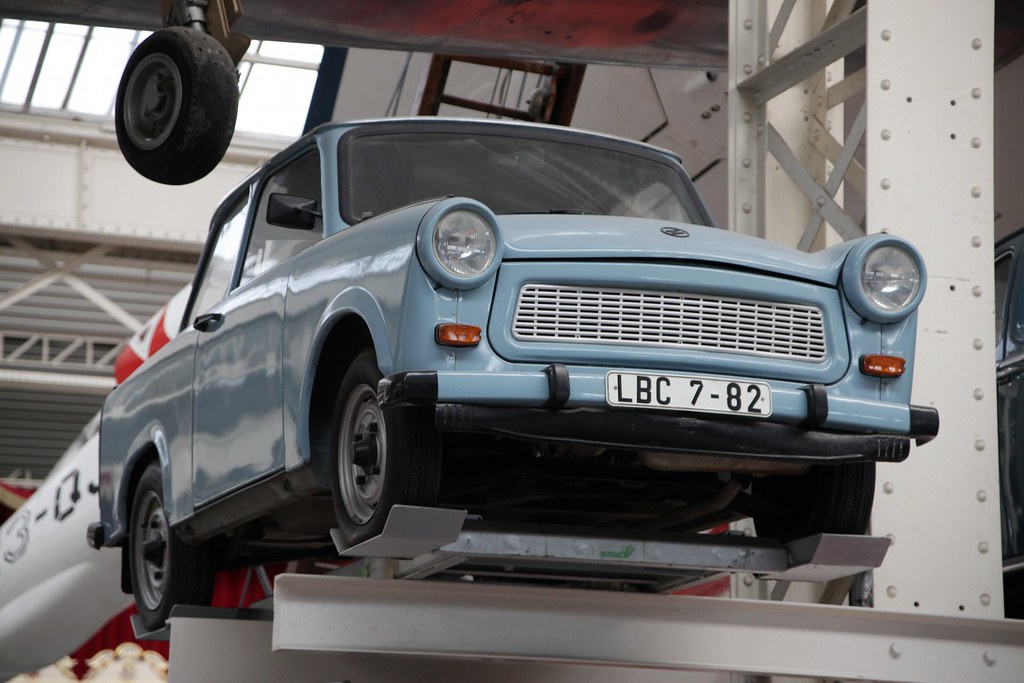
9. **Trabant (1957–90)**Prepare yourself for a journey behind the Iron Curtain to meet a car that became an unwitting, yet indelible, symbol of an entire era: the Trabant. Introduced in communist East Germany in 1957, with the updated 601 model following in 1963, the Trabant wasn’t just a vehicle; it was a cultural icon, often regarded with a mix of derision and affectionate exasperation. With its hopelessly outdated two-stroke engine—notorious for its poor fuel economy, abysmal power output, and thick, smoky exhaust fumes—and its duroplast body, the Trabant perfectly encapsulated the economic struggles and unique quirks of East Germany.
The world watched as many East Germans, after the exhilarating opening of the Berlin Wall and the German reunification in 1989, streamed into West Germany in their Trabants. Yet, the end of the GDR spelled the end for the Trabant itself. It simply couldn’t compete with the flood of much more sophisticated West German, French, and Japanese cars that rapidly arrived to conquer the newly opened East German and Eastern European markets. The manufacturer’s valiant but ultimately futile attempt with the Trabant 1.1, featuring a new Volkswagen four-stroke engine, was too little, too late. Production lasted barely a year, sealing the fate of the iconic “Trabi.”
The critical reception was, shall we say, less than glowing. *Time* magazine named it one of the ’50 worst cars of all time.’ *Automotive Atrocities!* author Eric Peters colorfully described its 18-horsepower two-stroke engine as ‘Notorious for producing a billowing contrail of smoke, while its unsynchronized manual transmission required at least a fifth of Stolichnaya to deal with effectively.’ Automotive journalist Dan Neil declared the Trabant ‘the car that gave communism a bad name’ and a ‘hollow lie of a car constructed of recycled worthlessness.’
*Edmunds.com* ranked it as the 9th worst car of all time, quipping it was ‘one more reason why Communism is evil.’ Richard Porter, in *Crap Cars*, ranked it 9th worst and simply stated, ‘Oh, the humanity.’ Despite this avalanche of criticism, and perhaps partly because of its famously poor image, the Trabant gained a strong cult following across reunified Germany. Collector clubs are thriving, and today, the Trabant is a recognizable, nostalgic symbol of the bygone GDR. Thanks to ‘Ostalgie’—a German term for nostalgia for East German life—it has seen a resurgence in popularity.
Read more about: Are You Driving a ‘Jerk’ Car? 14 Vehicles With Bad Driver Reputations
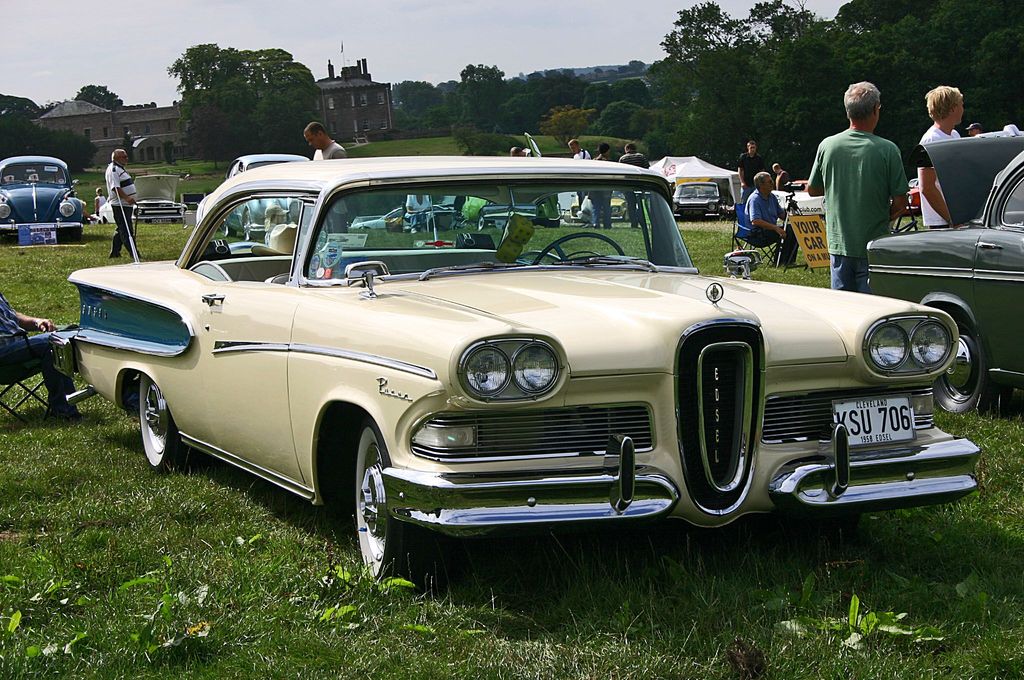
10. **Edsel (1958)**Now, let’s talk about a name that has become synonymous with commercial failure in American popular culture: the Edsel. Launched in 1958 with a publicity blitz that promised the moon, this car was the culmination of an eye-watering $400 million investment by the Ford Motor Company to create a new brand positioned between the entry-level Ford and the mid-priced Mercury. It aimed to challenge General Motors’ Buick and Oldsmobile, marketed as something radically different, with features like self-adjusting brakes and automatic lubrication—innovations that would eventually become industry standards.
However, despite these forward-thinking features, the Edsel ultimately failed to capture the imagination, or the wallets, of the buying public. Underneath the “radically different” marketing, the car largely consisted of existing Ford and Mercury components. This lack of true distinction, coupled with an infamous design, led to a catastrophic commercial failure. We’re talking about a massive financial flop, generating estimated losses between $250-350 million and, tragically, bankrupting many Ford dealers in the process. It quickly became the cautionary tale of what happens when hype outruns reality.
The Edsel’s critical reception was equally brutal. *Time* magazine included it on its ’50 Worst Cars of All Time’ list, with automotive journalist Dan Neil famously quipping, ‘It was the first victim of Madison Avenue hyper-hype.’ The *Los Angeles Times* flat-out called it ‘the legendary flop.’ CNBC even placed it on its list of the ’10 ugliest cars of all time.’ The Edsel’s distinctive ‘horsecollar’ grille, in particular, became the butt of endless jokes, often ridiculed for resembling a toilet seat.
Sarcastic descriptions abounded, from looking like ‘a Mercury pushing a toilet seat’ to ‘an Oldsmobile sucking a lemon,’ with its tail lamps derided as ‘ingrowing toenails.’ Interestingly, contrary to popular belief, that widely mocked grille wasn’t the sole culprit for its spectacular demise. The Edsel primarily suffered from a combination of bad marketing—overpromising and under-delivering on innovation—and surprisingly poor build quality, largely because it shared production lines with Ford and Mercury models. It also hit the market at a truly unfortunate time, right when the USA was in the grip of a recession, causing demand for medium-priced large cars to plummet.
*Edmunds.com* ranked the 1958 Edsel as the 7th worst car of all time. Yet, in a rare defense, Eric Peters in *Automotive Atrocities!* argued against its inclusion, saying, ‘Though hideous, you could count on the mechanicals underneath the skin, which were solidly Ford and thus as good as any other car of the era.’ A backhanded compliment, perhaps, but a defense nonetheless.
Car Model Information: 1958 Edsel Citation
BirthName: Edsel Bryant Ford
Caption: Ford in 1921
BirthDate: [object Object]
BirthPlace: Detroit, Michigan
DeathDate: [object Object]
DeathPlace: Grosse Pointe Shores, Michigan
Occupation: Automobile executive
Title: Ford Motor Company
Spouse: [object Object]
Parents: Henry Ford,Clara Bryant Ford
Relations: Edsel Ford II
Children: Henry Ford II,Benson Ford,Josephine Ford,William Clay Ford Sr.
Categories: 1893 births, 1943 deaths, 20th-century American businesspeople, All Wikipedia articles written in American English, All articles with dead external links
Summary: Edsel Bryant Ford (November 6, 1893 – May 26, 1943) was an American business executive and philanthropist, who was the only child of pioneering industrialist Henry Ford and his wife, Clara Jane Bryant Ford. He was the president of the Ford Motor Company from 1919 until his death in 1943.
He worked closely with his father, as sole heir to the business, but was keen to develop cars more exciting than the Model T (“Tin Lizzie”), in line with his personal tastes. Even as president, he had trouble persuading his father to allow any departure from this formula. Only a change in market conditions enabled him to develop the more fashionable Model A in 1927. Edsel also founded the Mercury division and was responsible for the Lincoln-Zephyr and Lincoln Continental. He introduced important features, such as hydraulic brakes, and greatly strengthened the company’s overseas production.
Ford was a major art benefactor in Detroit and also financed Admiral Richard Byrd’s polar explorations. He died of stomach cancer aged 49. Henry Ford temporarily reassumed the presidency of Ford Motor Company on Edsel’s death, then Edsel’s eldest son, Henry Ford II, succeeded Henry as president of the company in 1945.
He was also a member of the board of directors of American IG, the American subsidiary of the German chemical conglomerate IG Farben.
Get more information about: Edsel Ford
Buying a high-performing used car >>>
Brand: Ford Model: Edsel
Price: Not Priced Mileage: 68,904 mi.
Read more about: From Showroom Shame to Collector’s Dream: The Flops That Became Automotive Icons
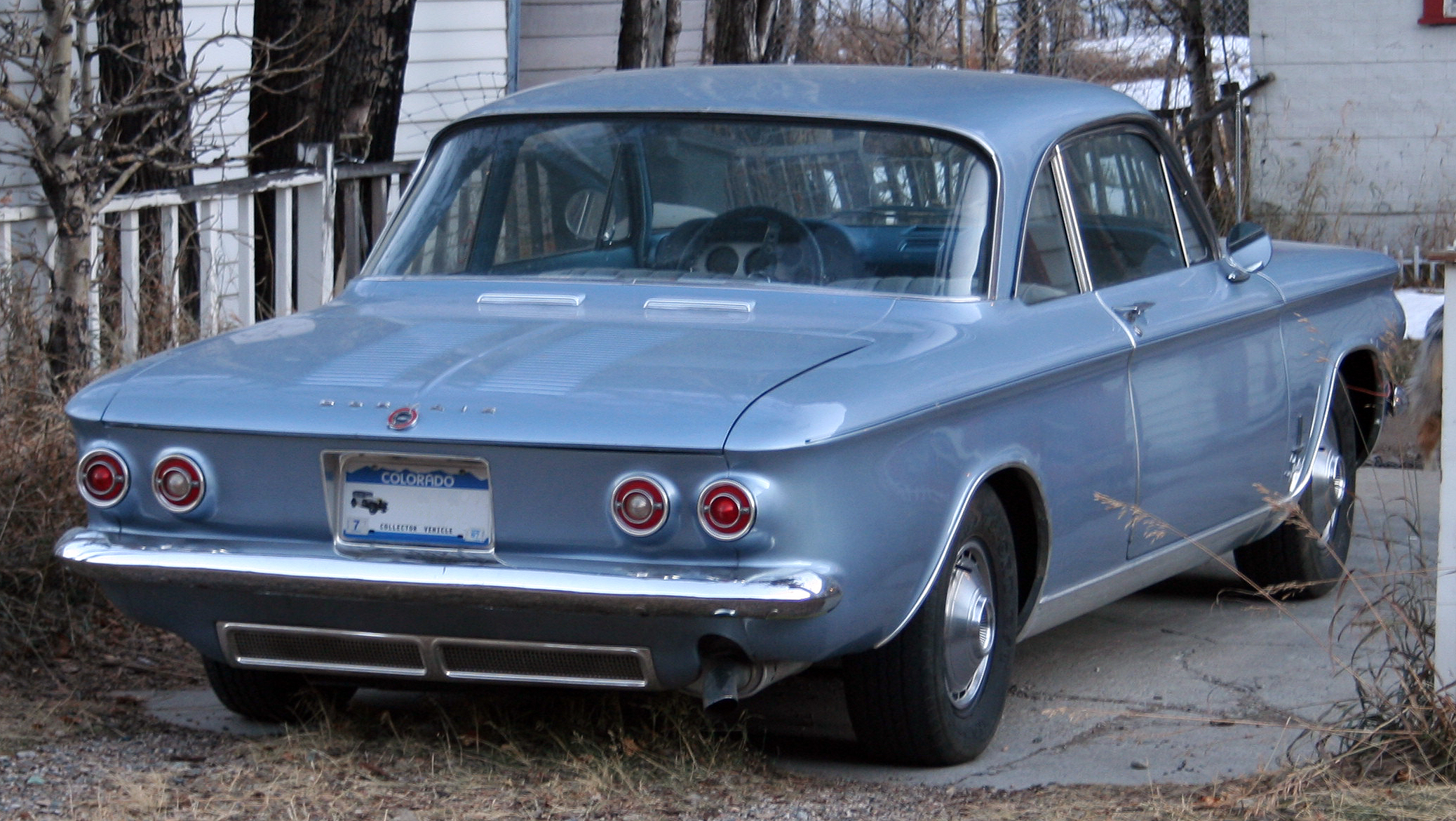
11. **Chevrolet Corvair (1960–64)**Our final entry takes us to the Chevrolet Corvair, a car that perfectly embodies the complex relationship between initial success and eventual notoriety. Upon its launch, the Corvair was met with enthusiastic critical praise and quickly became a popular choice among buyers, celebrated for its innovative design and European-inspired approach to compact motoring. It was, by all accounts, a promising venture for Chevrolet, offering something genuinely different in the American automotive landscape of the early 1960s.
However, the Corvair’s innovative spirit soon led it down a treacherous path. Its distinctive rear-engine layout, coupled with a swing-axle rear suspension, proved to be a recipe for disaster in the hands of drivers unaccustomed to its unusual handling characteristics. This unique engineering choice quickly became the source of widespread scrutiny, leading to a concerning number of highway accidents. The car’s tendency to unpredictably oversteer under certain conditions caught many by surprise, creating dangerous situations on the road.
The mounting safety concerns didn’t just stay in hushed whispers; they exploded into public consciousness and the legal system. Over 100 lawsuits were filed against General Motors due to accidents linked to the Corvair’s design, painting a stark picture of a vehicle whose reputation was rapidly unraveling. This wave of negative publicity cemented the Corvair’s place as a car that, despite initial promise, ultimately failed to overcome its serious design flaws and the public’s perception of it as hazardous. Innovation can lead to unforeseen and lasting negative consequences.
**The Bottom Line: Reputations, Realities, and Informed Choices**
As we pull the brakes on our journey through automotive history’s most fascinating reputations, it’s clear that the story of a car is rarely just about horsepower or aesthetics. It’s a rich tapestry woven from initial ambition, engineering realities, marketing hype, and, most crucially, the lived experiences of owners. Whether a vehicle becomes a dependable workhorse defying early critics or a notorious blunder cementing its negative perception often hinges on a delicate balance of reliability, design integrity, and how well it genuinely serves its purpose on the open road.
Car Model Information: 1964 Chevrolet Corvair Monza
Caption: 1964 Chevrolet Corvair Monza
Name: Chevrolet Corvair
Manufacturer: Chevrolet
Production: July 1959
Platform: GM Z platform
Chassis: Unibody
ModelYears: 1960–1969
Assembly: United States,Kansas City, Missouri,Oakland, California,Van Nuys,St. Louis,Flint, Michigan,Belgium,Canada,Mexico,South Africa,Switzerland,Venezuela
Class: Compact car
Successor: Chevrolet Vega
Layout: Rear-engine, rear-wheel-drive layout
Categories: All Wikipedia articles written in American English, All articles lacking in-text citations, All articles needing additional references, All articles with dead external links, All articles with specifically marked weasel-worded phrases
Summary: The Chevrolet Corvair is a rear-engined, air-cooled compact car manufactured and marketed by Chevrolet over two generations from the 1960 through 1969 model years. The Corvair was a response to the increasing popularity of small, fuel-efficient automobiles, particularly the imported Volkswagen Beetle and American-built compacts like the Rambler American and Studebaker Lark.
The first generation (1960–1964) was offered in four-door sedan, two-door coupe, convertible, and four-door station wagon configurations. A two- and four-door hardtop, as well as a convertible, were available as second-generation variants (1965–1969). The Corvair platform was also offered as a subseries known as the Corvair 95 (1961–1965), which consisted of a passenger van, commercial van, and pickup truck variant. Total production was approximately 1.8 million vehicles from 1960 until 1969.
The name “Corvair” was first applied in 1954 to a Corvette-based concept with a hardtop fastback-styled roof, part of the Motorama traveling exhibition. When applied to the production models, the “air” part referenced the engine’s cooling system.
A prominent aspect of the Corvair’s legacy derives from controversy surrounding the handling of early models equipped with rear swing axles, articulated aggressively by Ralph Nader’s Unsafe at Any Speed but tempered by a 1972 Texas A&M University safety commission report for the National Highway Traffic Safety Administration (NHTSA) which found that the 1960–1963 Corvair possessed no greater potential for loss of control in extreme situations than contemporary compacts.
To better counter popular inexpensive subcompact competitors, notably the Beetle and Japanese imports such as the Datsun 510, GM replaced the Corvair with the more conventional Chevrolet Vega in 1970.
Get more information about: Chevrolet Corvair
Buying a high-performing used car >>>
Brand: Chevrolet Model: Corvair
Price: $29,988 Mileage: 74,787 mi.
Read more about: Are You Driving a ‘Jerk’ Car? 14 Vehicles With Bad Driver Reputations
From quirky charm battling mechanical woes to grand visions crashing under design flaws, each vehicle offers a compelling lesson. For buyers navigating the complex world of new or used cars, understanding these trajectories isn’t just an interesting historical tidbit—it’s a powerful tool. It teaches us to look beyond initial shine or loudest criticism and to dig deeper into long-term owner satisfaction, consistent mechanical performance, and genuine value. Ultimately, cars that earn our trust consistently deliver, day in and day out, proving that sometimes, reputation whispers are true, and sometimes, skepticism is a very good thing. Drive smart, friends, and choose a ride that lives up to its best self, not its worst reputation.


